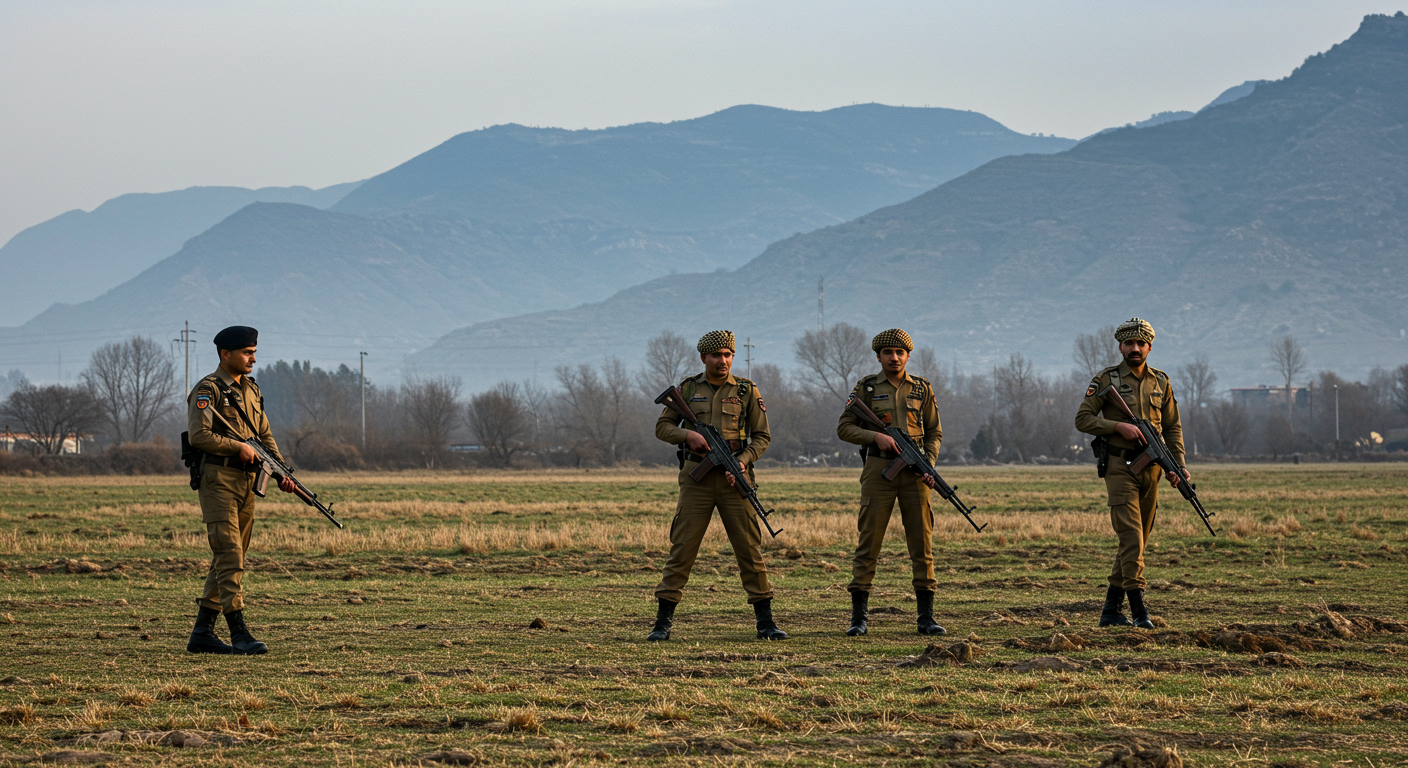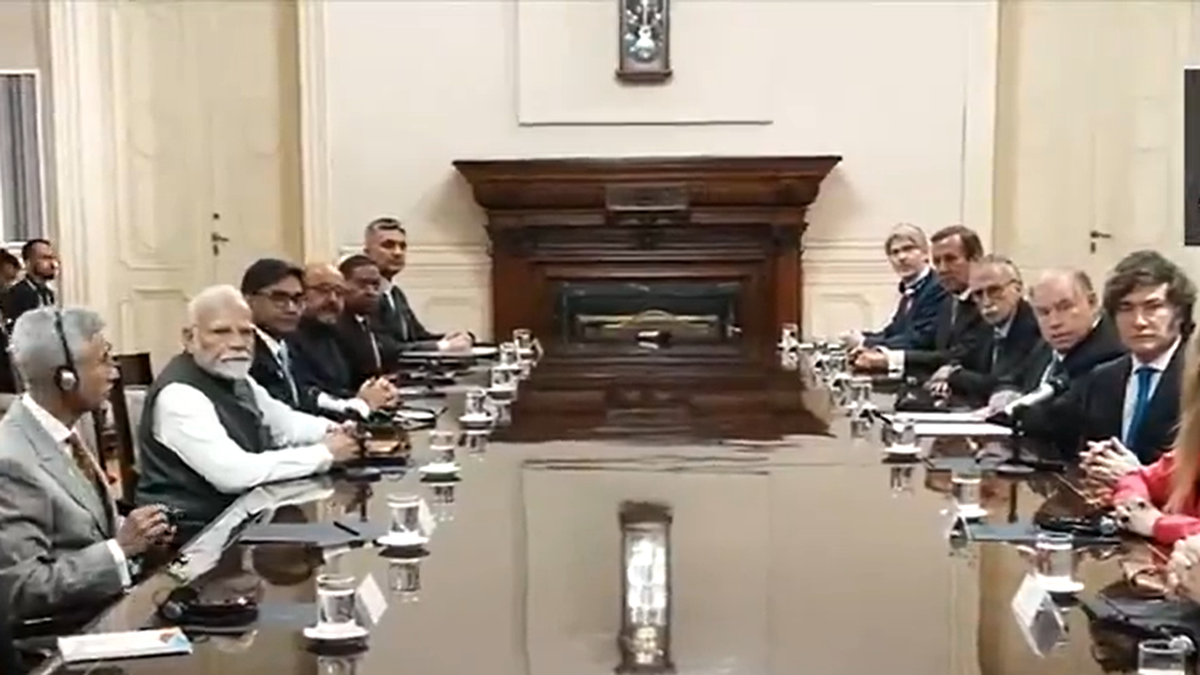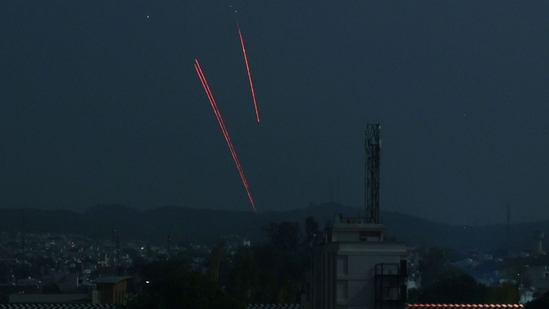Understanding the Unfolding Story in Kashmir: More Than Just Headlines
The region of Kashmir often finds itself in the global spotlight, usually for reasons that highlight its deep-seated complexities and ongoing tensions. When news breaks about events like India’s operations against militants, it’s easy to see just the surface. But beneath these headlines lies a human story, a rich history, and a delicate geopolitical balance that affects millions of lives. Today, let’s take a closer look at what these developments truly mean, moving beyond the immediate news to understand the bigger picture of a land as beautiful as it is troubled.
It’s a conversation that requires both empathy and a grasp of historical context, helping us appreciate the challenges faced by the people living there and the difficult decisions made by nations involved. Our aim is to unravel the layers, making a complex subject accessible and relatable for everyone.
Kashmir’s Complex Tapestry: A Glimpse into the Past
To truly understand the current situation in Kashmir, we must first briefly journey back in time. This stunning Himalayan region, famous for its breathtaking landscapes and vibrant culture, has been a point of contention between India and Pakistan since their independence from British rule in 1947. Both nations lay claim to the entire territory, leading to several wars and a long-standing dispute that continues to shape regional politics.
The core of the issue lies in the Partition plan, which allowed princely states to choose which country to join. Kashmir’s then-ruler, a Hindu maharaja, opted to join India, a decision disputed by Pakistan, which argued that Kashmir’s Muslim-majority population should have had the right to self-determination. This unresolved claim has fueled decades of diplomatic deadlock, cross-border skirmishes, and a deeply entrenched sense of grievance among various communities within Kashmir itself. The Line of Control (LoC), a de facto border, divides the region, creating a constant state of vigilance and often, conflict. This historical backdrop is crucial because it informs every new development, including reports of security operations.
The Shadow of Militancy: What It Means on the Ground
Within this intricate historical framework, militancy has emerged as a grave concern, adding another complex layer to the Kashmir conflict. When we talk about “militants” in this context, we are referring to armed groups, often described by India as terrorists, who seek to challenge Indian rule in Kashmir, sometimes advocating for the region’s independence or its merger with Pakistan. These groups vary in ideology and origin, but their presence has undeniably brought immense suffering and instability to the region.
For the people of Kashmir, the presence of militants means living under constant threat. It impacts daily life, from curfews and checkpoints to the ever-present fear of violence. Civilian lives are often caught in the crossfire between security forces and these armed groups. The rise and fall of militant activity often correlates with periods of heightened tension or perceived injustice, creating a cyclical pattern of violence and counter-violence. Understanding this element is vital, as it directly relates to the security operations undertaken by Indian forces. It’s not just about abstract political aims; it’s about the very real impact on families, livelihoods, and the social fabric of the community.
India’s Stance and Counter-Militancy Operations
India views the presence of militants in Kashmir as a direct threat to its national security and territorial integrity. From New Delhi’s perspective, these groups are often backed by external forces, a claim frequently denied by Pakistan. India’s response has primarily been through robust counter-insurgency and counter-terrorism operations carried out by its army and paramilitary forces. These operations are aimed at neutralizing militant threats, preventing infiltration across the Line of Control, and maintaining law and order within the region.
The strategies employed range from intelligence-led operations to cordon-and-search missions, often leading to armed confrontations. While India asserts that these actions are necessary to protect its citizens and uphold its sovereignty, they are frequently met with criticism from human rights organizations and segments of the local population, who allege excessive force and human rights abuses. The balance between maintaining security and respecting civil liberties is a constant, difficult challenge in the region. Each operation, like the one implied in recent news, is part of a broader, ongoing effort by India to assert control and bring stability, but it invariably comes with significant human and political costs.
The Unseen Costs: Human Lives and Livelihoods
Behind every headline about military operations or militant encounters in Kashmir, there are immeasurable human costs. The most tragic, of course, is the loss of life – not just combatants, but also innocent civilians caught in the crossfire. Families are torn apart, children lose parents, and communities are left to grieve and rebuild, often without adequate support. This constant cycle of violence leaves deep psychological scars on the population, leading to widespread trauma, anxiety, and a pervasive sense of insecurity.
Beyond the immediate fatalities and injuries, the conflict severely impacts daily life and economic prospects. Tourism, once a thriving industry in Kashmir, has suffered immensely, depriving many of their livelihoods. Agriculture, another cornerstone of the local economy, is also affected by disruptions and safety concerns. Education is frequently interrupted by curfews, shutdowns, and protests, robbing younger generations of opportunities for a stable future. The overall development of the region is significantly hampered, as resources and attention are often diverted to security concerns rather than infrastructure or social welfare. These unseen costs are a stark reminder that while the conflict may appear geopolitical, its real impact is deeply personal and tragically human.
Beyond the Headlines: The Global Perspective
While Kashmir is primarily an issue between India and Pakistan, its strategic location and humanitarian concerns mean it garners significant international attention. Global powers and organizations often watch developments closely, sometimes offering mediation or expressing concern over human rights situations. The United Nations has long had a presence in the region, with its observer group (UNMOGIP) monitoring the ceasefire line, though its mandate is disputed by India.
Different nations often have varying perspectives, influenced by their own geopolitical interests and alliances. Some call for dialogue between India and Pakistan, urging a peaceful resolution through diplomacy. Others focus on the humanitarian aspects, advocating for the rights of the Kashmiri people and calling for accountability for alleged abuses. The international community largely agrees that a lasting solution must be peaceful and take into account the aspirations of the local population. However, concrete action or effective mediation has remained elusive, largely due to the complexities and the firm positions held by both India and Pakistan. The global perspective adds another layer to this intricate conflict, highlighting its far-reaching implications.
A Glimmer of Hope? Paths Towards Peace
Despite the long history of conflict and the recurring episodes of violence, there remains a persistent hope for peace in Kashmir. Various avenues for de-escalation and resolution have been proposed over the years, though none have yielded a definitive breakthrough. Dialogue between India and Pakistan is widely seen as crucial, with calls for sustained diplomatic engagement to address core issues and build trust. However, such talks are often derailed by cross-border incidents or domestic political pressures.
Within Kashmir itself, there’s a strong yearning for normalcy and a desire for their voices to be heard. Many local leaders and civil society groups advocate for peaceful political solutions, emphasizing the need for inclusive governance, economic development, and the protection of human rights. Some suggest exploring various autonomy models or innovative power-sharing arrangements that could satisfy the aspirations of different communities. While the path to peace is undoubtedly fraught with challenges and requires immense political will from all sides, the continued efforts of individuals and organizations working towards dialogue and reconciliation offer a glimmer of hope that one day, the unparalleled beauty of Kashmir can truly reflect a state of lasting peace and prosperity. It is a future worth striving for, for the sake of all who call this beautiful valley home.
This journey through Kashmir’s story reveals that headlines, while impactful, are merely snapshots of a much larger, ongoing narrative. Understanding the history, the human element, and the complexities of the situation allows us to approach such news with greater insight and empathy. The aspiration for peace in Kashmir remains a collective hope, urging continuous engagement and understanding from the global community.









